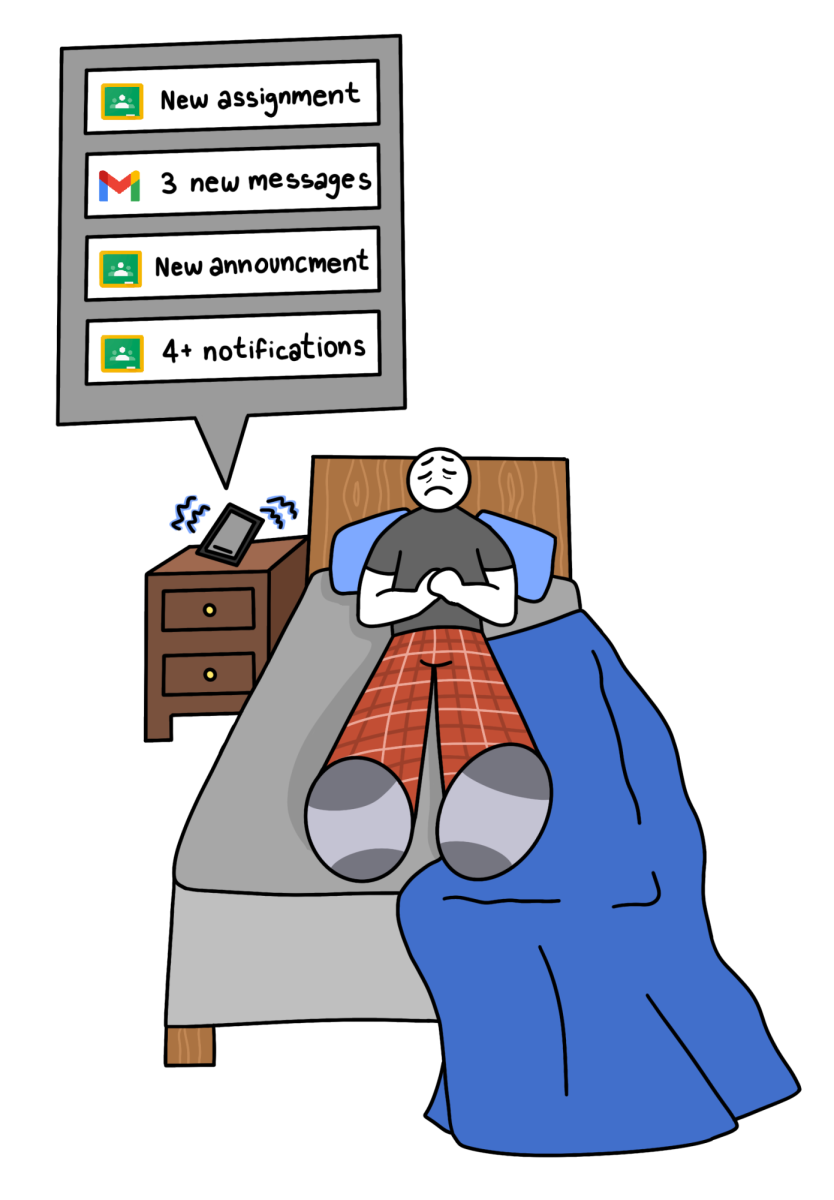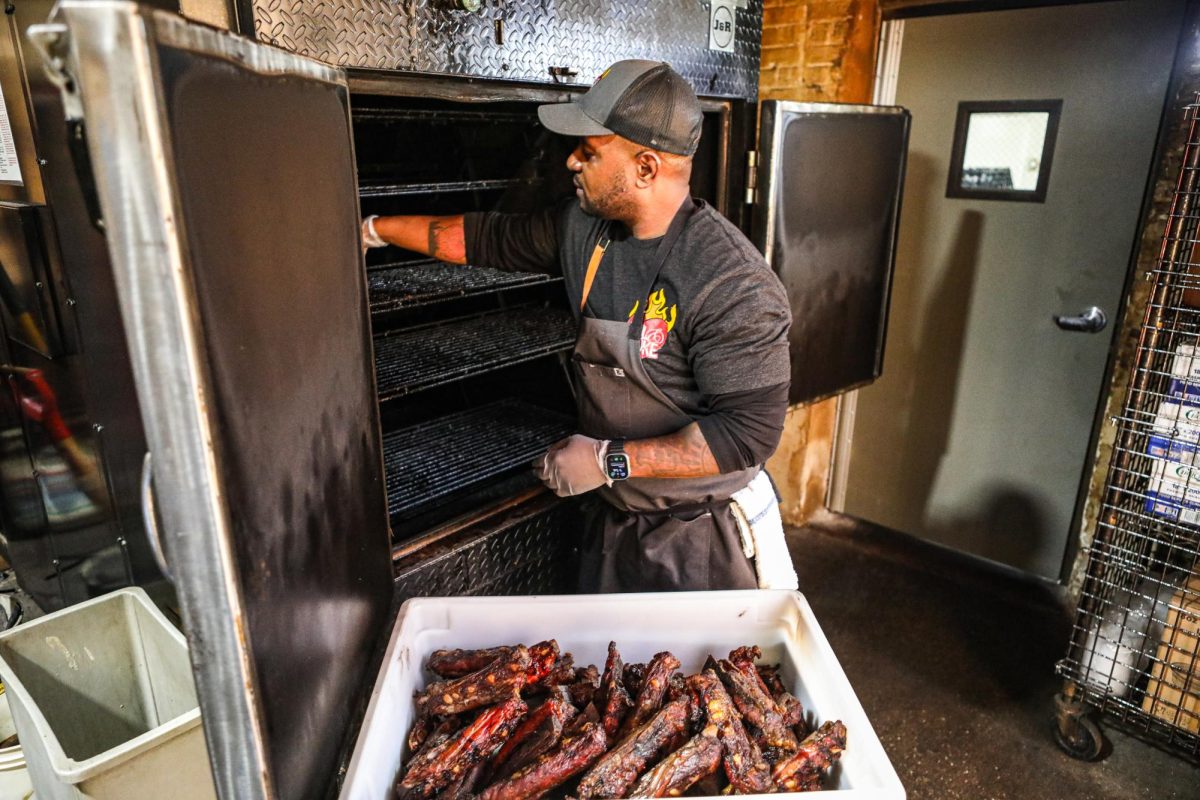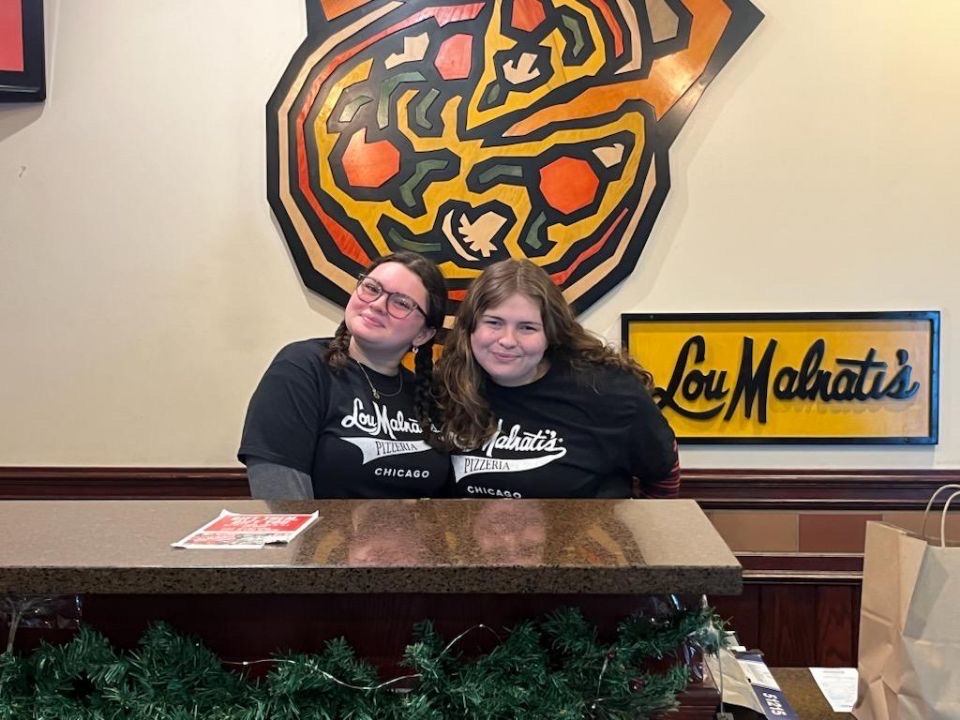In 1989, following a series of bans on skateboarding in the suburbs of Chicago, then 16-year-old Zack Winston built a pair of ramps out of scraps of old plywood and placed them in an empty parking lot on Evanston’s north side. Every evening starting at 6 pm, a crowd of skaters from as far off as Lake Forest gravitated to that same spot, practicing their skills for hours on end under the gaze of a dimly lit night sky.
Just a few years later, the Robert Crown Community Center would become home to Evanston’s first permanent skate park, and Winston, now the co-partner of a skate park design company, would be its lead architect.Throughout the 1990s and into the early 2000s, the 7,500 sq ft structure established itself as a staple of the community, attracting seasoned pros and beginners alike to its rails and 15-foot-high vertical ramps.
But by 2002, as the last pieces of wood chipped away from the now-degraded structure, the city was once again without a place for its skateboarding community to call home–and it would remain that way for the next 21 years.
Then, in 2021, there was some movement.
“It was a combination of factors. [Because of COVID-19], a lot of indoor facilities were closed, so there were not a lot of places for teenagers to hang ou tin. the Fountain Square was broken and there was no fountain, so the skateboarders started hanging out there,” Eric Pitt, founder of Evanston Skates, a skate park advocacy group, said. “Then, they were starting to get in trouble from the police officers who asked them to move on, but without anywhere for them to go, it was unfair. So we started making a little bit of noise, and they protested. ‘We can’t go indoors. Basketball courts are closed. So what are we going to do?'”
Pitt first started skating in 1985 when he was just 12 years old. Now, nearly 40 years later, the sport remains a core aspect of his identity.
“I really liked the culture and the community that I found in skateboarding, and so it became a big part of my life for most of my youth. Then, I had a loose association with it ever since,” Pitt said. “Once you are really immersed in a culture or a hobby, you look at the world differently, and so, that’s always been my approach to the world as a skate-boarder.”
Still a relatively new concept, skateboarding was born in the early 1950s when surfers in Southern California, looking for something to do during bouts of flat waves, attached to roller blades to the bottoms of their boards. Eventually, the so-called ‘sidewalk-surfing’ developed its own subculture, expanding out of the West Coast and into the rest of the United States and, by the 1970s, the world.
It wasn’t until Tony Hawk’s performance at the 1999 Summer X-Games, in which he landed his first ever 900–a two and a half revolution aerial spin, that the sport really hit the mainstream.
“Skateboarding has gone through cycles, booms and bushes. When I got into it, it was really trendy and popular. From my perspective, it’s very trendy in the mid 80s, but also sort of an outsider, punk rock sort of culture, and then in the 90s, it sort of went underground,” Pitt said. “I still existed, but it was just not as mainstream. It wasn’t being featured on the news. So, ever since then, there’s been a growth in skateboarding as a sport, but then it also still exists as a hobby or a lifestyle.”
Specifically in Evanston, the culture thrives on the relationships built between skaters.
“It’s like a network,” Sophomore skater Dash Zimmerman said. “Skateboarding can get you meeting people because it’s easy common ground.”
Sophomore Marco Aguirre–one of Zimmerman’s closest friends that he met through skating–feels that the atmosphere of the Evanston skate community is uniquely supportive.
“It’s really nice. If you’re getting into skateboarding, do not be afraid. Everyone’s really nice, and everyone’s really supportive,” Aguirre said. “Don’t be afraid to ask fo help. no one will judge you.”
Since the fifth grade, skateboarding has been a constant in Aguirre’s life, providing him with a heightened sense of confidence through the act of perfecting a skill.
“It’s really about having confidence in yourself and overcoming your fears. Because it really is scary when you’re trying a new trick or a big jump,” Aguirre said.
Junior Joseph Sargent first started skateboarding as a kid at the North Shore Skate Park in Skokie. However, what started as a hobby he participated in alongside his brother, cousin and uncle quickly turned into a passion of Sargent’s.
“Out of everybody, I was the last person who continued skating, and it’;s been a stress reliever for me ever since I was a kid, and I’ve just stuck with it,” Sargent said. “The skate culture in Evanston is very hit or miss–you either love it or you hate it.”
Through his advocacy work, Pitt has connected with many of the youth skaters in Evanston. Despite how much time has gone by, he recalls that elements of Evanston’s skate culture today mimic that of the earlier generations.
“I met a lot of the younger skateboarders through the process of getting the skate park. There are things that remind me of my youth, and then they’re also a very unique and special generation,” Pitt said. “There are some cliches I think that come with this art form slash sport slash culture, that I see that are similar that are happening everywhere, and if you follow any of the skateboarders on Instagram, you’ll see patterns where it doesn’t matter where you live, there’s a commonality.”
Over the pandemic, with not much else to do, the skate community grew, evolving into a close-knit group of young people ranging in grades from middle to high school. On any given day, a herd of skaters could be found practicing their flips by Northwestern, fountain square, and parking garages across the city.
“Once everyone started, there used to be like 20 or 30 people who would skate in downtown Evanston every day. It was really easy to into because there was just so many people,” Junior Martin Dieterich said.
Due to an ordinance outlawing skateboarding on sidewalks and streets, this often created conflict with the Evanston Police Department.
“We’d get the cops called on us like every time,” Aguirre said.
Tension between the skate community and law enforcement is nothing unusual for Evanston. In 1989, in response to an uptick in ticketing and arrests for skateboarding, 15-year-old Evanston resident Jim Garthwait told the Chicago Tribune, “We try to keep out of trouble by skating. It’s almost like these people that don’t want us skating say why don’t you go out and do drugs instead of skating. We seem to get into more trouble when we skate.”
Often, recognizing the predicament the skaters were in, security personnel attempted to look the other way to their presence.
“One of the guys at [a parking garage] was like, ‘Yeah, man. They noticed that I let you up here. And they were gonna fire me, so I got another job locked in though. Don’t worry about it,'” Junior Orin Fisher said. “He was so chill. He let us skate every day. He would say, ‘They just told me to come kick you out, but just pretend like I’m yelling at you, and then you choose not to leave.'”
Unfortunately, the garage’s next hire didn’t extend that same courtesy.
“He took our friend’s skateboard and then called the cops, and they pepper sprayed him,” Zimmerman said.
Eventually, the broader Evanston community began to take notice to this proliferation of police activity in downtown Evanston. more than a year prior to his appointment current 8th Ward Council Member Jaun Geracaris teamed up with Pitt to advocate for the skate park, recognizing the importance of creating a space for the city’s youth.
“Kids were getting ticketed downtown for skating in Fountain Square,” Geracaris said. “And some of the police advocated early on that, you know there needs to be a place for these kids to have an outlet. So, that’s kind of the impetus of the initial discussions.”
Dieterich feels that the police department’s support was instrumental in gaining the approval of the public.
“Everyone was getting in trouble with the police, like all the time, and the cops didn’t even really care. They weren’t mad at us. they were more just mad that they had to keep responding to these calls,” Dieterich said. “Because they were kind of on our side, it was kind of easy to get everyone’s support, because everyone was like, ‘They didn’t hate us, but they’re just sick of that.'”
Simultaneously, to prevent teenagers from having to skate in the streets, members of the skate community brought together their make-shift ramps and obstacles to create a ‘pop-up’ skate park. Soon enough, the empty lot at Ridgeville Park District became the new hub of skare activity.
“A couple of the folks on the Ridgeville Park Board contacted me and said, ‘Great, but there’s some safety concerns about the conditioning.’ So, I kind of became a go-between between eh Parks Board and the high school skateboarders,” Geracaris said. “And through that process, we effectively got permission, and it’s kind of operated as a pop-up park.”
Back in 2010, Pitt had formed Evanston Skates primarily due to the inconvenience of having to travel far from home to skate.
“I was wishing that I didn’t have to drive so far and was bummed that some of the other north suburbs and different parts of Chicago were getting skateparks, and Evanston, which has a pretty good youth culture, including the university, didn’t have one,” Pitt said. “It seemed strange that we didn’t.”
But with the skate community growing increasingly frustrated, coupled with the backing of the police department, the need for a skate park now went beyond simply a desire to travel less distance. In March of 2021, the city started looking into creating a space for the skaters, holding its first of five public meetings on March 17.
Initially, the city wanted to set up a temporary structure and wait until after 2022 when more funding was available to implement a permanent park.
“Very early on before we even identified a location there this idea in the city’s mind that, ‘Let’s just get something out there. We want kids to have a place to go. We want to as soon as possible.’ And the way to do it fast is to deploy like temporary equipment that we can buy online and then just like plop on a parking lot or something,” Stefanie Levin, the skate park’s project manager said.
As early as that first public meeting, the skate community expressed their dissatisfaction with the direction the city was going in.
“The city really wanted to do something fast and inexpensive, and so we as a community really got together and not really protested, but showed up for the meeting,” Pitt said. “We explained why we didn’t think that was a good idea.”
The skaters’ primary concern was that a temporary structure wouldn’t be a permanent solution. Rather, it would push the problem to later down the road.
“The skateboard community kind of felt as a waste of money, kind of a band-aid fix. And I give especially the high school credit, because that would have been more immediate payoff, but the end result wouldn’t have been as great or would have pushed the project out more.”
Following years of work and debates, Evanston opened a completed skate park on April 6, 2024 in the north side of the city.







